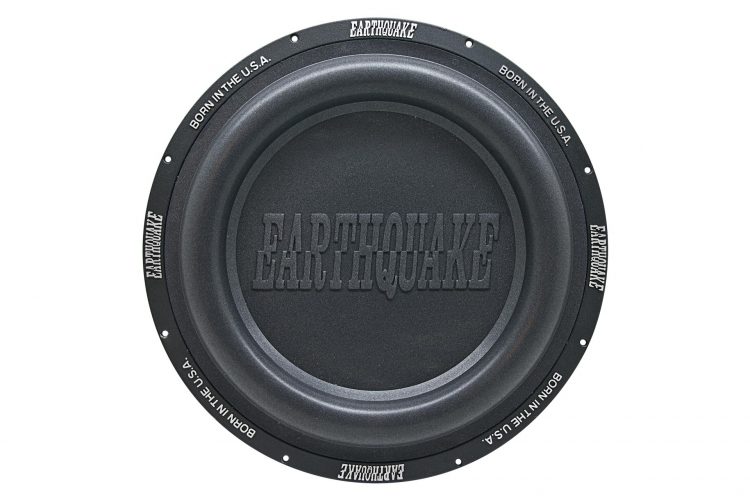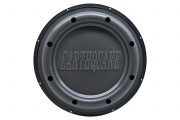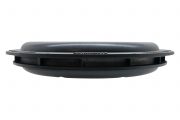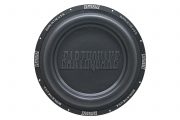SLAPS is a patented type of passive device that significantly increases subwoofer efficiency and ability for ultra low frequency reproduction. SLAPS is short for Symmetrically Loaded Audio Passive System. As the name indicates, SLAPS is built symmetrically which distinguishes it from traditional passive devices. SLAPS integrates identical components in its suspension design, this results in identical stoke regardless of forwards or backwards motion. The high efficiency and performance is a result of the pneumatic coupling between SLAPS and an active driver.
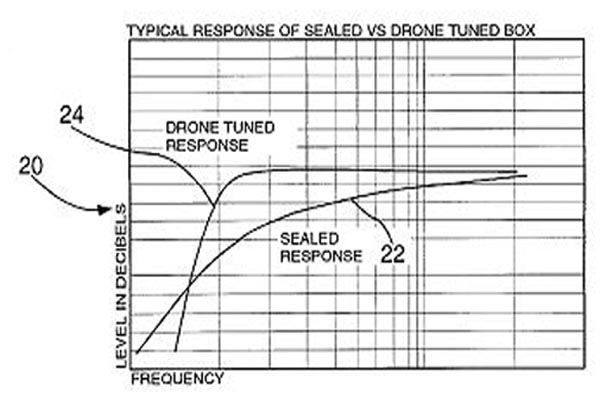
SLAPS overcomes the limitations known from the conventional sealed and ported enclosures that tends to limit excursion. The unique design allows the active driver compression free excursion resulting in deep, dynamic and powerful bass response.
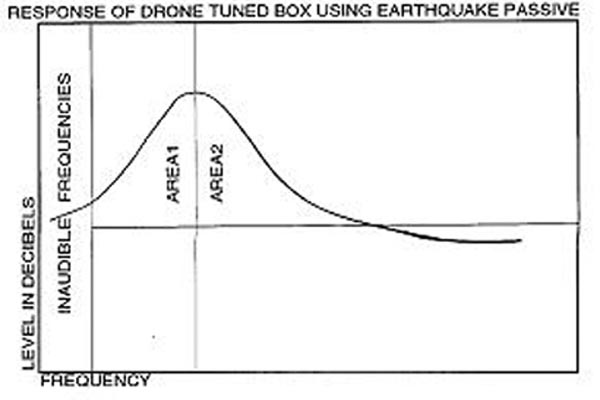
SLAPS design differs from other passive devices by having double edge suspension and no center spider. SLAPS is designed from the ground up to be operated and controlled pneumatically. Traditional passive devices are often just a normal active driver where the primary motor system (voice coil and magnet) has been been removed. Conventional devices are designed to be powered electrically, in which the force emanates from the drivers conical center. A passive device is operated pneumatically by air pressure from the active driver. For pneumatic operation a traditional unit does not perform identically in positive and negative pressure environments. (imploding edge suspension and positive over ring).

SLAPS have a dual structure of identical opposites, ie. that there is an introvert and an extrovert edge suspension and no spider. This gives identical properties in both the negative and positive pressure domain. SLAPS thus behaves pistonically and accurately, they do not have the "hesitation" traditional passive devices seems to have when you observe them in operation.
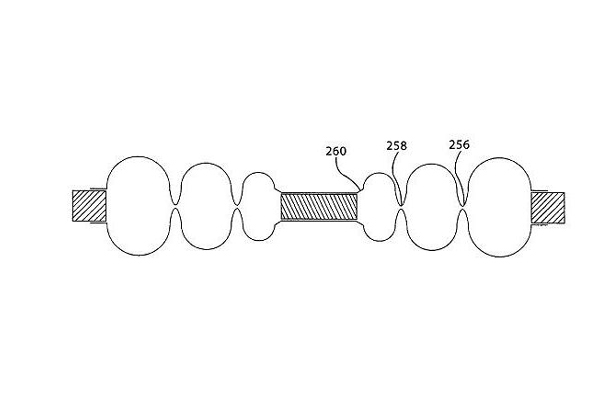
SLAPS opens up for new subwoofer designs, where even very small enclosures can be tuned to low frequencies . The low weight allows great flexibility in terms of weight attachment. SLAPS can be custom tuned for optimum performance in a wide range of enclosure sizes and active device configurations.
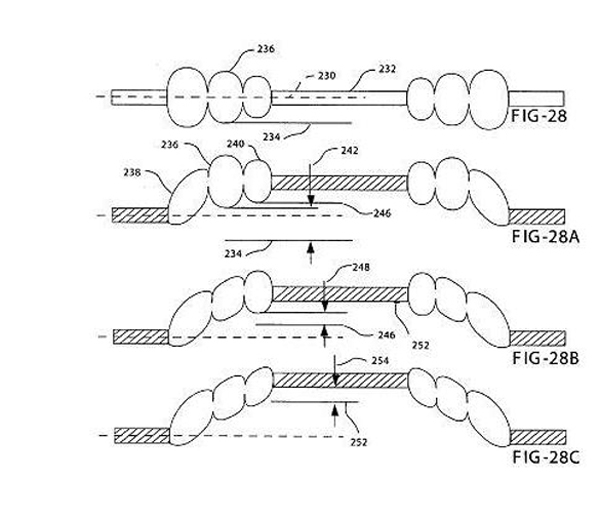
Damping is very important in a passive device because it does not have a magnet motor system to control it. It is essential that the passive device constantly is "leaning" up against the pneumatic environment in the cabinet. If the device's compliance is too weak the result ss over-shoot and over-ring. This means, for example a transient in the music causes a rapid pressure ratio change in the cabinet and control over the device can be lost - making it move more than it should. The same thing can happen to a normal woofer. unit if the suspension + motor system is not built correctly. The design of the edge suspension itself is important. If not correctly designed it may implode ie. be sucked backwards if the pressure in the enclosure is too strong. A full implosion is rare, but in most typical slave/passive/drone designs some "dimples" in edge suspension can be visible already at medium load. A normal passive device only has a one way edge suspension so the dimples will only occur when negative pressure is present - = asymmetrical artifacts = distortion.
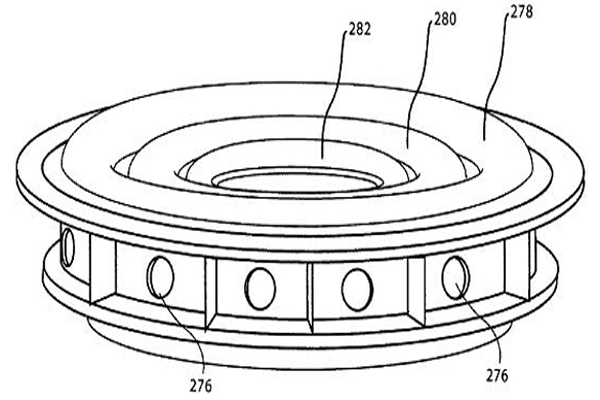
SLAPS dual structure based on the principle of - identical opposites - eliminate the circumstances that would allow asymmetric nonlinearities because the device is subjected to identical loads. You could argue that it does not fundamentally resolve dimples at high loads, as they will still occur, but they are offset as they now occur similar under both positive and negative pressure.
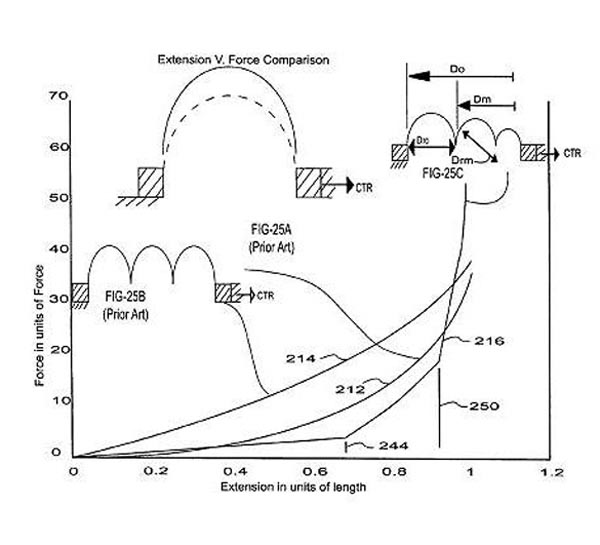
SLAPS enables the transfer of high amplifier power into low frequency output. Since the device does not have to fight against increasing pneumatic pressure in a closed cabinet or over-excurt close to a port tuning frequency. SLAP has no annoying port noise and enables deep bass from a compact volume. SLAPS promotes the dynamics of a small system in which a closed enclosure design has difficulties. In a closed cabinet design the pneumatic loading of the woofer increases as a function of its travel, this causes compression. SLAPS technology possesses none of these limitations.
SLAPS allows tuning below 10hz making any worries about tuning frequency superfluous.
